The modern conception of how time unfolds leaves us trapped in a chronological sequence with no return to the past; but is it true that “you can’t go back”? In the second part of their conversation, Matthew and Ryan discuss how the past can erupt into the present; why cultivating these temporal possibilities must be an ecumenical project; the way images reveal timeless truths that underlie our visible surroundings; and how the ideas of thinkers like Chesterton can converse with, and be informed by, ancient Indigenous mythology.
Although modernism views the past through the lens of strict chronology, Thomas Pfau argues that the past can erupt or “inbreak” into the present, particularly through images
Art history is “a discipline that puts one in touch, intimately and consistently, with this inbreaking of the image”
Although the “blame” for modernism continues to shift over time, ultimately it can’t be pinned on any one person or tradition; the blame is shared, and the solution must be also
Chesterton is a fitting voice to bring into the conversation on Indigenous issues because he is “famously for the underdog”
“The last thing I want to do is ape G.K. Chesterton; we don't need another one of those guys. We need someone updating his concerns”
“People who care about Chesterton and think that any time you talk about Indians, that you're going to be PC—why don't I use that as a gateway point? That's the thing. It's intended to be a hospitable opening to people who might not pay attention to [Indigenous issues] otherwise”
Rather than critical race theory, his book uses the lens of Indigenous mythology to look at the history of racism in this country
Images can allow the inbreaking of the invisible reality that underlies the visible; what is required is “reverence, wonder, and patience” and a present, attentive gaze
The icon of Our Lady of Perpetual Help/Our Lady of the Passion was written as a lament against the violence of Roman Catholic crusaders against the Orthodox Christians of Cyprus
Pope Pius IX promulgated devotion to Our Lady of Perpetual Help as he was losing the Papal States, while unconscious of the history of loss behind the icon
Each territory in America needs to be assessed individually: some land was stolen from the Indigenous tribes who lived there, while some was legitimately sold, if under bad conditions
In 1980, the Supreme Court determined that the Black Hills were stolen from the Lakota and ordered that they receive payment; they refused payment, saying they wanted the land back, and the money has been accruing interest since
Although the mountain where Black Elk had a vision of Christ was named Harney Peak after the man who massacred the Lakota, it has been renamed Black Elk Peak
We are living in a time when the ancient history of the Americas is being rediscovered and brought back to life; the Christian faith helps us know what role we play in that awakening

